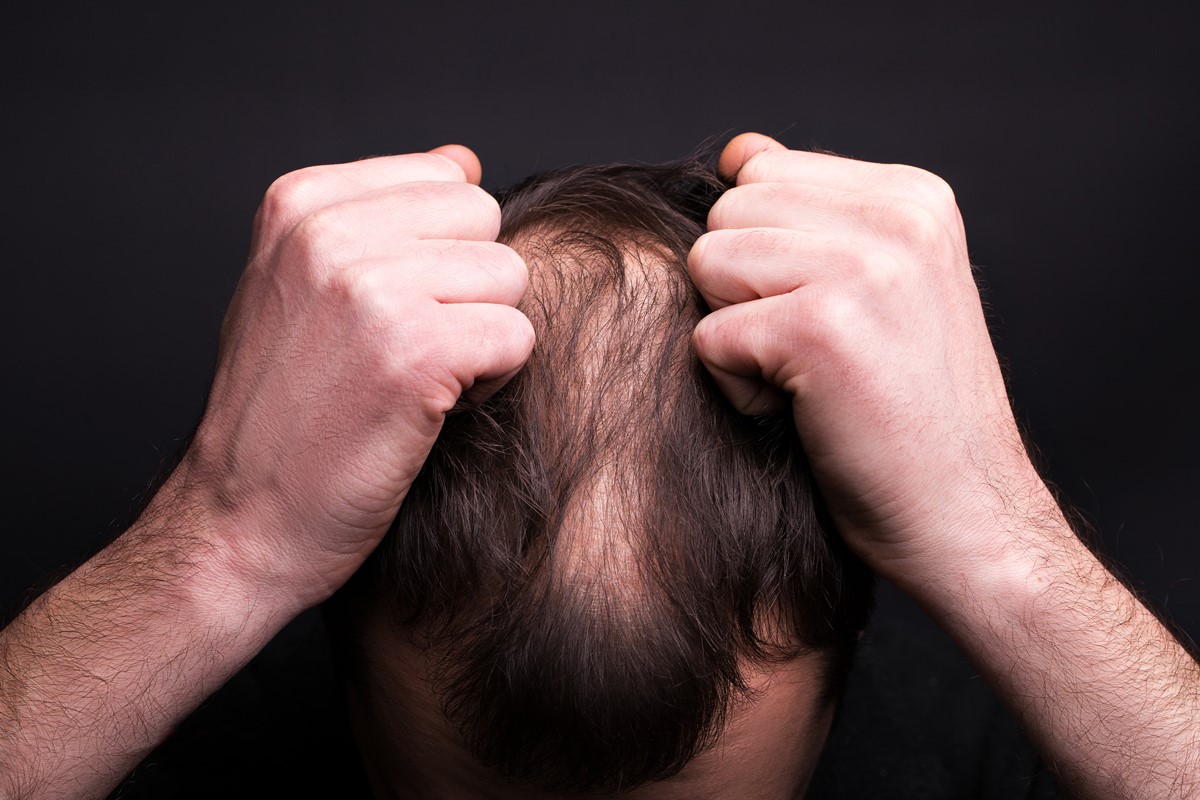Table Of Content

Medical treatments do exist that appear to reverse poliosis, but these are often time-consuming, tiring, and expensive. The treatment involved therapy sessions with a laser, as well as daily applications of an ointment, and daily oral medication. At 6 months after the start of the treatment, and after 44 therapy sessions with the laser, 75 percent of the color had returned to the eyebrow. A 2016 study published in the Journal of the American Academy of Dermatology tested a treatment on a 37-year-old man with poliosis and vitiligo, affecting his left eyebrow. As a 2012 review notes, there is a body of scientific evidence to suggest that chronic inflammation may be a significant factor in the development of many common diseases. Gray hairs often show up interspersed throughout normally colored hair, while poliosis is a distinct patch of colorless hair among normally colored hair.
Poliosis - Causes, Symptoms, Diagnosis, and Treatment
Healthcare providers can usually diagnose poliosis by looking at the affected hair. To determine the cause of poliosis, your healthcare provider will review your medical history, including medication use, and ask if you have a family history of conditions linked to poliosis. Treatment options for poliosis are primarily cosmetic and focus on camouflaging the white hair patch, such as using hair dyes or colored cosmetic products. Poliosis can affect both children and adults, though exactly how many people have it is unclear. Unfortunately, it is difficult to permanently change the shade of the hair affected by poliosis. But, if a person wishes to make their poliosis less noticeable, the basic choice to color the hair that poliosis has lightened.
Top doctors in ,
Our world-class surgical team utilizes advanced techniques and artistic insights to create natural-looking hairlines that complement your facial features. With years of experience and innovative techniques, PMHR is a global leader in hair restoration. Patches of skin discolored from vitiligo are often pale or milky white and usually have well-defined edges or borders. In some cases, these patches can also appear red or inflamed. When hair is affected, it loses pigment in certain sections, and you may see a discolored patch of skin beneath the roots of your hair.
Top Is Poliosis Rare Related Articles
People with poliosis may have a small patch of white hair or many other symptoms if their poliosis is due to another underlying condition. Poliosis, also called poliosis circumscripta, occurs when you have a white streak in your hair, contrary to your natural hair color. This can affect hair on any part of your body, including your eyebrows and eyelashes, as well as the surrounding skin. Poliosis is when a person is born with or develops a patch of white or gray hair while otherwise maintaining their natural hair color. You’ve probably seen people with poliosis in movies, on stage, or on TV.
More on Skin Problems and Treatments
The main symptom of poliosis is a white streak or patch in your hair. It can affect patches on your head, eyebrows, eyelashes, arms, and the surrounding skin and scalp. You might only notice a small patch of white hair, or you might have lots of other symptoms if your poliosis is part of another condition. There is no permanent treatment for hair affected by poliosis. Because the lack of melanin in the hair follicles causes white hair to grow, dyeing the white patch of hair will only work to cover the poliosis temporarily. If poliosis appears to be affecting your child, it’s important to see a doctor.
Vitiligo and Hair Loss
This baby has the same white patch of hair as her mum, grandmum and great-grandmum - India Today
This baby has the same white patch of hair as her mum, grandmum and great-grandmum.
Posted: Wed, 09 Nov 2016 08:00:00 GMT [source]
Contrarily, if poliosis seems to be affecting a child, it is best to see the doctor. While poliosis can happen at any stage in life, light or white hair is rare in kids. Treating certain conditions linked to poliosis may help restore hair pigmentation. For example, skin grafting followed by light therapy may help restore melanin-producing cells and stimulate the pigmentation process, helping reverse poliosis in people with vitiligo.

One 2013 study published in Dermatological Surgery found that a skin grafting treatment, followed by light-therapy for 4–11 months, managed to reverse poliosis combined with vitiligo. It can, however, appear alongside other conditions that pose a health risk. For that reason, poliosis can be an early warning sign of more serious health issues. Poliosis is typically a result of factors beyond control, making it difficult to prevent. Taking precautions to avoid damage or injury to the hair follicles may help reduce the risk of depigmentation.
Dr. Michael Pan
If your color loss is new, or you notice white skin patches that are spreading, talk to your doctor. This condition can appear at any age, and it can run in families. Vitiligo may be more noticeable in people with darker skin tones because of the contrast in the unaffected areas of skin compared to the vitiligo patches.
The world-renowned surgical team at Parsa Mohebi Hair Restoration provide you with natural hair transplant results that last a lifetime. Some people embrace vitiligo hair, while others prefer to hide it if they can. Vitiligo is not harmful to your physical health, but it can impact your self-esteem. Talk to your healthcare provider about treatment options for vitiligo or ask about a referral to a mental health provider if this condition is negatively affecting your self-esteem. When vitiligo affects hair color, dye can be used to camouflage these patches, but proceed with caution because, in some cases, hair dye can make vitiligo worse. The harmful conditions that can trigger poliosis include melanoma skin cancer, thyroid disorders, and inflammatory conditions, among others.
It shows up as a white or grey patch or patches in any area of the body that has hair. It will usually be easiest to notice when it affects the head hair, but it can occur anywhere else as well. Poliosis results from a reduction or absence of melanin in affected hair follicles. When there is a lack of melanin, there is a lack of color in the hair that grows from those hair follicles. The presence of a white or gray patch of hair is enough to diagnose the condition.
Third Party materials included herein protected under copyright law. Poliosis can also be triggered by some medications and even by psychological stress. By Emily Brown, MPHEmily is a health communication consultant, writer, and editor at EVR Creative, specializing in public health research and health promotion. With a scientific background and a passion for creative writing, her work illustrates the value of evidence-based information and creativity in advancing public health. If your skin is also affected, you’ll need to wear sunscreen and protect your skin with hats or long clothing.






